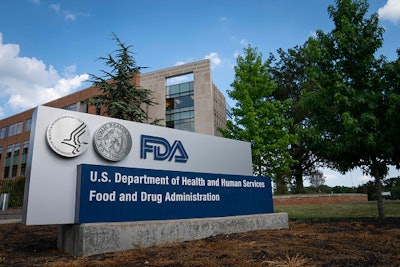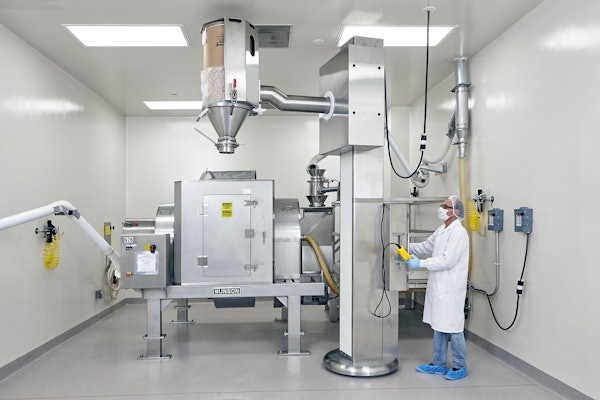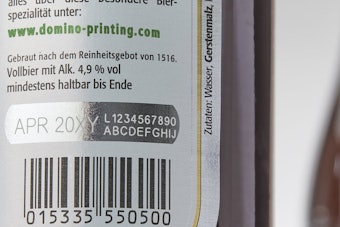The U.S. Food and Drug Administration (FDA) has issued industry guidance on the action levels of lead in processed food intended for babies and young children. The levels reflect the point at which the organization can render such food products containing led as having diminished quality and safety, per a Jan. 6 press announcement.
“The guidance titled ‘Action Levels for Lead in Processed Food Intended for Babies and Young Children: Guidance for Industry’ supports our Closer to Zero initiative to reduce dietary exposure to contaminants, including lead, in foods to as low as possible over time, while maintaining access to nutritious foods," the FDA says.
The action levels are intended for babies and children under the age of two. The levels are as follows:
- 10 parts per billion (ppb) for fruits, vegetables (excluding single-ingredient root vegetables), mixtures (including grain- and meat-based mixtures), yogurts, custards/puddings, and single-ingredient meats
- 20 ppb for single-ingredient root vegetables
- 20 ppb for dry infant cereals
The FDA’s final guidance covers food products in jars, pouches, tubs or boxes, and may include ready-to-eat foods such as purees and semi-prepared foods like dry infant cereals. The organization says the guidance is not intended to cover infant formula, beverages, or snack foods like puffs and teething biscuits.
The FDA informs that lead contamination occurs naturally and as an environmental pollutant in air, water, and soil. Lead can enter the food supply when plants and animals ingest the contaminant. Food possessing small traces of lead can still be a source of essential nutrients. However, babies and young children are more prone to adverse health effects from such contaminants. Thus, the FDA aims to reduce exposure to foods that contain higher levels of impurities.
Action levels help lower the amount of lead present in food products, which is helpful considering a certain level of contamination is unavoidable, the FDA states. The organization conducted a thorough process to identify action levels and continues to collect data to keep manufacturers updated and in regulatory compliance for their products.




















